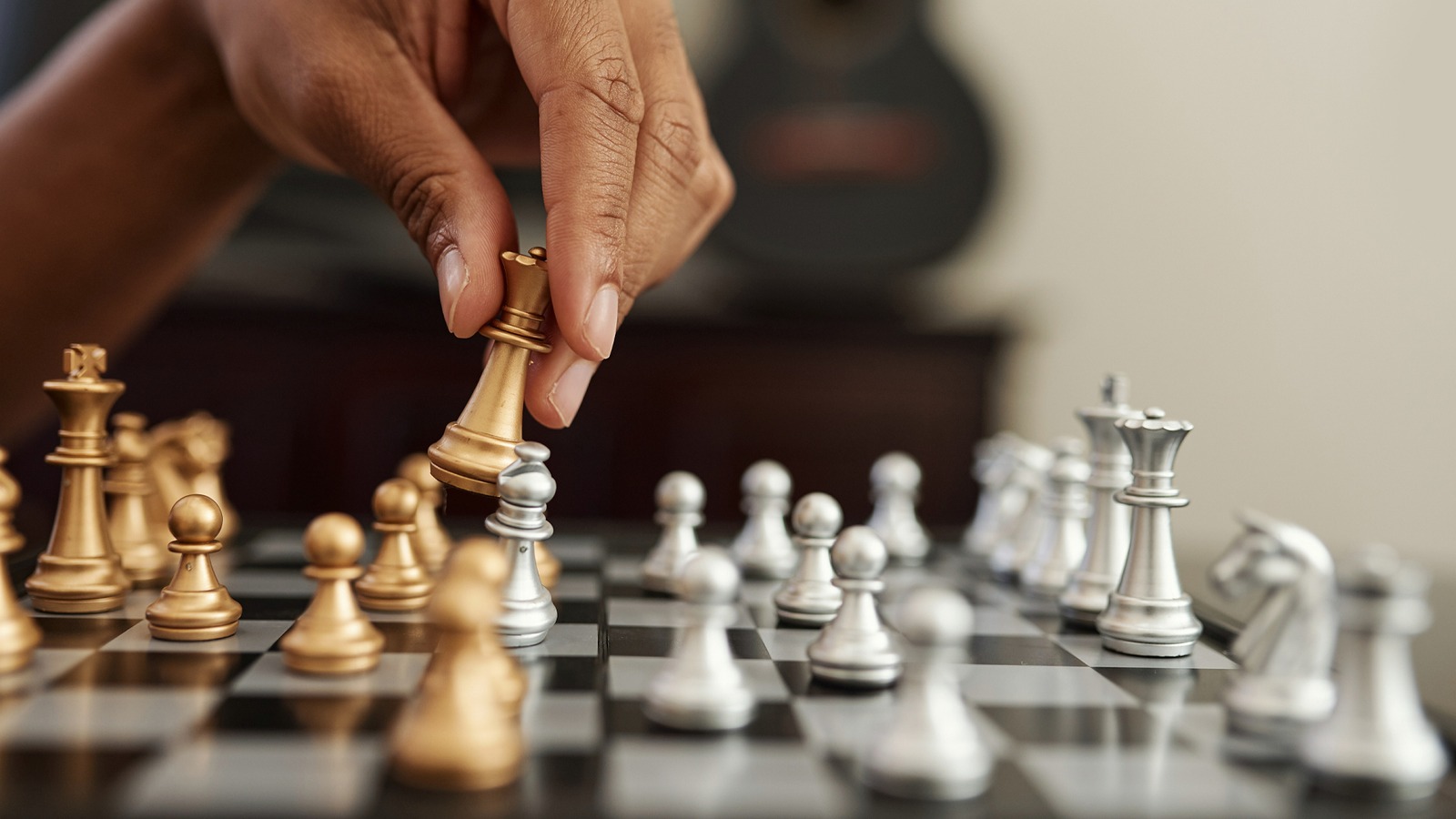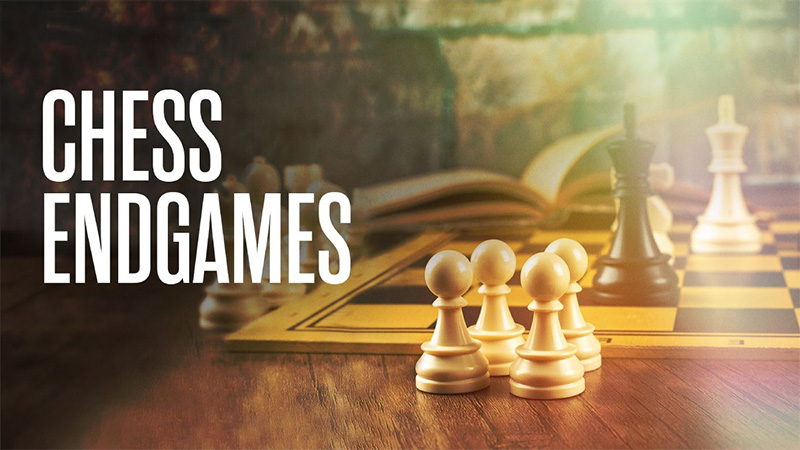Introduction to Hanging Pawns
Hanging pawns, a fascinating aspect in chess strategy, are pawns positioned on adjacent files but not supported by other pawns. Understanding the dynamics of hanging pawns is pivotal for strategic mastery in chess.
Understanding Hanging Pawns in Chess
Definition and Positioning
Hanging pawns typically emerge after an exchange or when a pawn advances, leaving it without support from adjacent pawns. They are situated on adjacent files and can be a significant asset or vulnerability depending on the game’s context.
Strategic Significance
Hanging pawns offer flexibility in controlling the board’s center and can potentially become a potent attacking force. However, their vulnerabilities can be exploited by a savvy opponent, making them a double-edged strategic element.
Advantages and Disadvantages of Hanging Pawns
Strengths of Hanging Pawns
Their control over central squares and potential to cramp opponent’s positions give hanging pawns a strategic advantage, offering avenues for dynamic play.
Vulnerabilities and Risks
Their isolated nature can render hanging pawns susceptible to attack. Opponents can target and blockade them, leading to weaknesses and potential pawn structure imbalances.
Effective Handling of Hanging Pawns
Defensive Strategies
Deploying solid defensive formations around hanging pawns can fortify their position and alleviate vulnerabilities, offering protection against enemy attacks.
Offensive Maneuvers
Proactive play around hanging pawns involves leveraging their dynamic potential, aiming to transform their mobility into a strategic advantage.
Hanging Pawns: A Double-Edged Sword
The intricate balance between their strengths and weaknesses defines hanging pawns, making them both a strategic asset and a potential liability.
The Impact of Hanging Pawns in Mid and Endgame
Hanging pawns evolve differently as the game progresses. Understanding their evolving role in mid and endgames is crucial to capitalize on their potential or neutralize their impact.
Tactics and Techniques around Hanging Pawns
Leveraging Hanging Pawns
Utilizing hanging pawns as a part of a larger strategy involves leveraging their strengths while mitigating their weaknesses, setting traps, and creating complex positions.
Neutralizing Opponent's Hanging Pawns
Strategic maneuvers focused on undermining and exploiting opponent’s hanging pawns involve blockades, exchanges, and careful positional play.
Hanging Pawns: A Key Element in Mastering Chess
Mastery in chess often involves adeptly handling hanging pawns, showcasing the player’s grasp of intricate strategic elements and dynamic gameplay.
Utilizing Hanging Pawns for Strategic Advantage
Capitalizing on hanging pawns demands foresight, adaptability, and the ability to maneuver the game into positions where their strengths can be maximized.
Conclusion
Hanging pawns, with their strategic complexities, offer both opportunities and challenges in a chess game. Understanding their nuances is pivotal for any player aiming for mastery.
If you are interested in learning more about Summit School of Chess, please visit our website at https://summitschoolofchess.com/.
Learn more @ Chess School
Special Chess Lessons for Beginners
Chess Tournaments for Kids, Chess Tournaments Near Me
Chess Camps

















